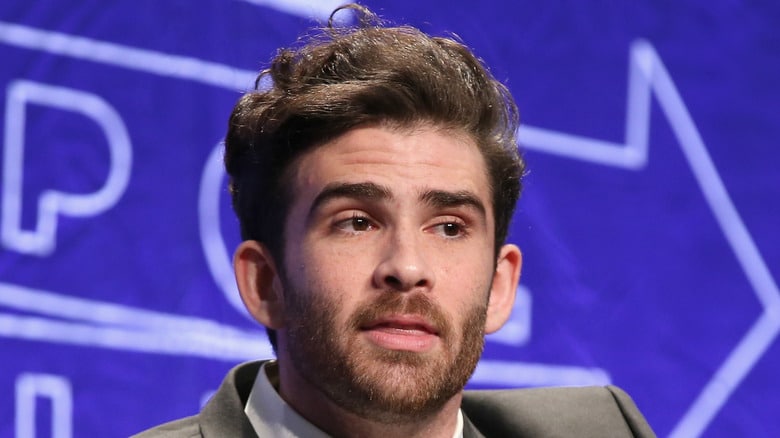In a surprising turn of events, popular Twitch streamer Hasan Piker found himself face to face with an unexpected encounter. Following his attendance at the Democratic National Committee (DNC) meeting, Hasan (Hasan DNC Car Ride) was confronted by a drive-by Twitch stream sniper while leaving the venue in an Uber.
The Incident
Hasan, known for his political commentary and engaging livestreams, had just wrapped up his coverage of the DNC. As he was heading home in an Uber, a fan, or rather a stream sniper, recognized him and approached the vehicle. The term “stream sniper” refers to someone who uses a livestreamer’s broadcast to locate and confront them in real-time.
Hasan DNC Car Ride: What is a Stream Sniper?
Stream sniping, while not always malicious, can be intrusive. For many public figures like Hasan, it disrupts their personal space and privacy. Twitch stream snipers watch live broadcasts to find and interact with streamers in the physical world, often without prior consent. This phenomenon has been a growing concern within the streaming community, as it blurs the lines between online presence and real-life interactions.
Hasan’s Reaction
Hasan, despite the surprise, handled the situation with his characteristic composure. He acknowledged the fan but quickly made it clear that such encounters can be disruptive. Hasan emphasized the importance of respecting personal boundaries, even for public figures.
In a subsequent livestream, Hasan shared his thoughts on the encounter. He expressed his gratitude for his audience but reiterated the need for fans to respect his privacy when he’s not streaming. Hasan’s reaction highlights the delicate balance content creators must maintain between engaging with fans and maintaining their personal space.
Hasan DNC Car Ride: The Broader Implications

This incident sheds light on a broader issue faced by many streamers today. As the popularity of platforms like Twitch continues to rise, so does the potential for similar encounters. Stream sniping not only affects streamers’ privacy but can also pose safety concerns.
For content creators, building a connection with their audience is essential. However, it’s crucial for viewers to understand the boundaries that should not be crossed. Respecting these boundaries ensures that both creators and fans can enjoy a healthy and safe interaction.
Conclusion
Hasan’s experience serves as a reminder of the evolving relationship between public figures and their audiences. As online interactions increasingly spill over into real life, establishing mutual respect and understanding becomes vital. Fans and streamers alike can benefit from open discussions about privacy and personal space.
While Hasan’s encounter was handled smoothly, it prompts important conversations about the responsibilities of both content creators and their audiences in maintaining respectful boundaries. As the world of streaming continues to evolve, these discussions will undoubtedly play a key role in shaping the community’s future.
